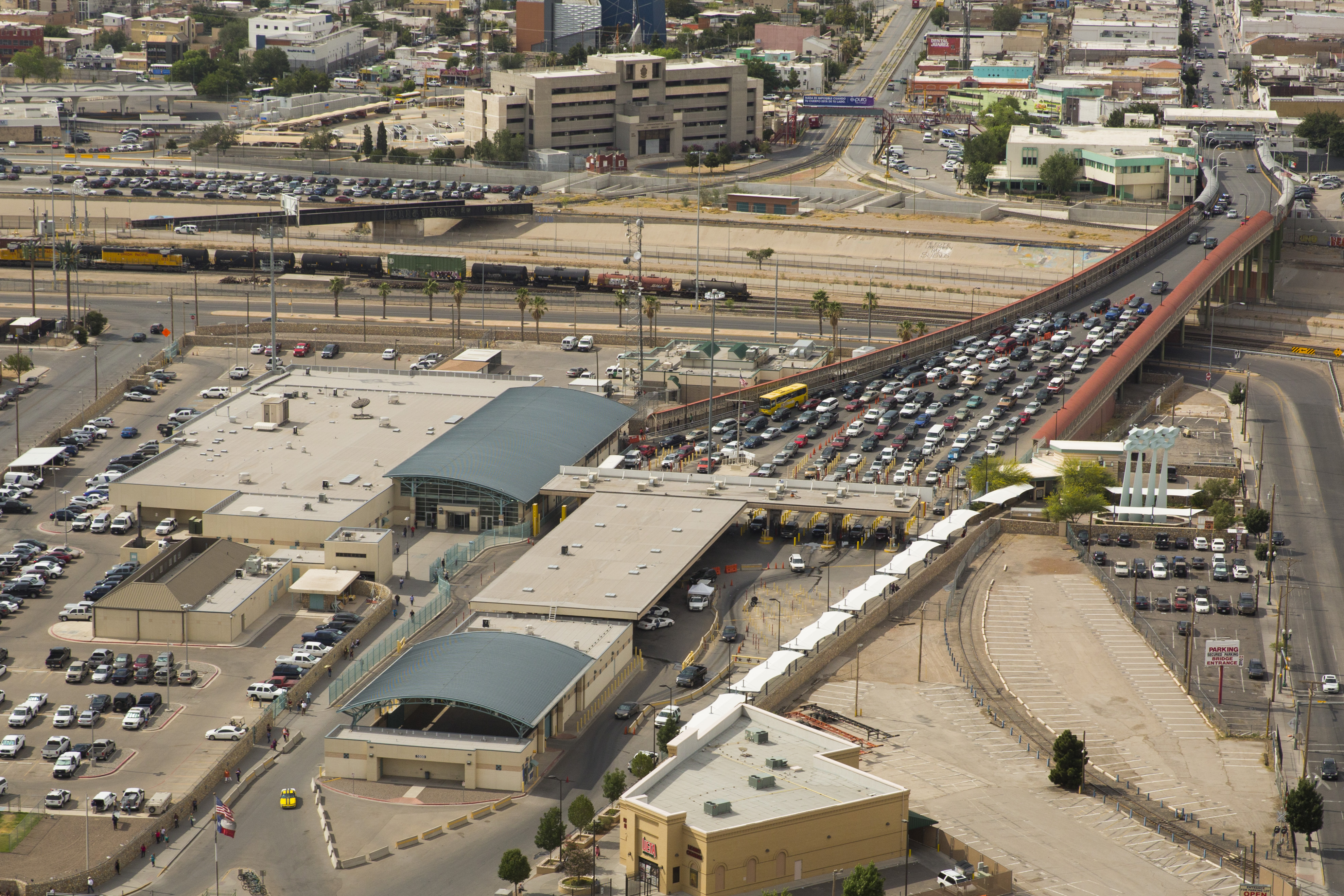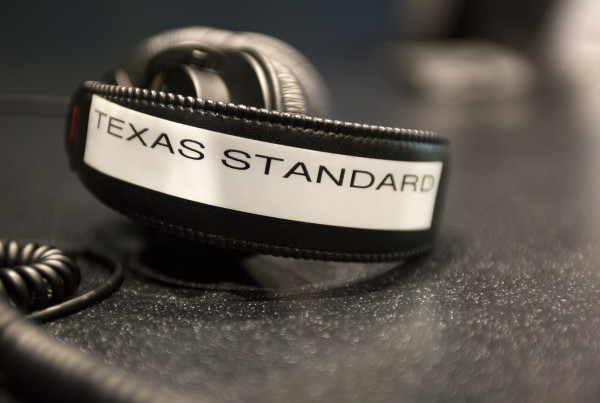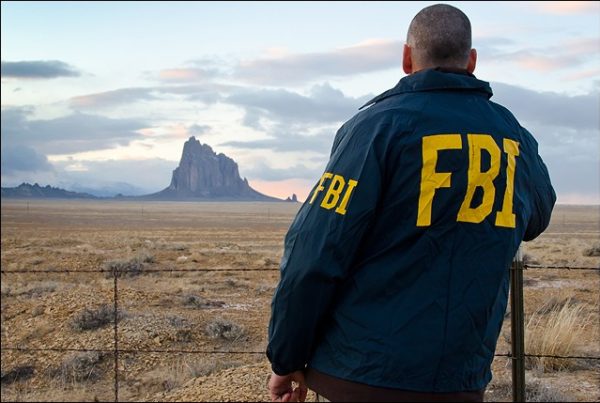If you want to get a bunch of Texans with not much in common to agree on something, try bringing up traffic. All across the state, in cities big and not as big, most people agree the daily commute is a drag.
For thousands along the El Paso-Juarez border, that commute to work or school involves crossing an international boundary. Right now it’s a process that can sometimes take several hours. A new partnership between the City of El Paso and the tech company Metropia is trying to get things moving more quickly.
On a bright, breezy morning, cars line up to cross to the Paso Del Norte International Bridge from Ciudad Juarez into El Paso. Vendors weave through the traffic, selling fresh churros, cold water and plastic toy guitars. One man plays scattered notes on a saxophone, hopeful a bored driver will beckon him and pay for a performance.
Andoni Eugui, who is 22-year-old, makes this commute every weekday. He lives in Juarez, where he’s a star player on the local soccer team. But he goes to school on the other side of the border, at the University of Texas-El Paso.
“I come to El Paso every day, to class, and I study psychology,” Eugui says.
His morning starts at 6 a.m. He showers, eats breakfast, then jumps in his car. Then he sits and waits on the bridge.
“Sometimes the line is, like, huge,” he says.
Eugui usually spends about an hour waiting to cross, sometimes more. Occasionally he misses his 9 a.m. class.
“Even if you want to go to class, sometimes it’s impossible because of the bridge,” Eugui says.
Tens of thousands of people cross the border every day at one of the region’s six ports of entry. Some are students, like Eugui; UTEP offers in-state tuition to some Mexican nationals. Others cross for work, to run errands or visit family. And, every day, it’s hard for them to know how long the crossing will take.
Tania Chozet is with Metropia, the tech company that’s trying to collect better data and ultimately ease traffic on the border.
“One of the things that was mind-boggling to me was that the bridges and the wait times are so important to our regional economy and yet we have no way of accurately measuring them,” Chozet says.
Metropia is using a smartphone navigation app to crowd-source wait times at the border crossings.
“Our app can tell at what point a user joins the queue, at what point it leaves the queue, and it also looks at the crawling speed,” or how long it takes to move across the bridge, Chozet says. “So it’s using all of the information from the users who are already waiting at the bridge to feed into our system to calculate the wait time for users who have not yet joined the queue.”
It’s not like no one’s ever tracked wait times before. It’s just that the measurements haven’t been precise. Customs and border protection agents generally rely on line of sight – picking a car and periodically checking to see how far it’s moved – or ask drivers to self-report how long they’ve sat in line. Some border crossings use Bluetooth data, but that has drawbacks too, since it doesn’t measure a car’s entire journey – from start to finish – across the border.
Chozet says if enough users record their trips across the bridge, Metropia – and the City of El Paso – can offer much more accurate wait times.
We hop in Chozet’s car to test out the app. She pulls up a map, which displays all six ports of entry, each marked with a fat, red-white-and-blue arrow. Tap an arrow and learn how long it’ll take to cross by car, foot or commercial vehicle. You can also plug in a starting point and destination on each side of the border, and the app will route you to the best bridge at the best time.
The app rewards drivers with gift cards for taking less congested routes. But Chozet says shorter wait times won’t just benefit individual commuters. Reducing stop-and-go traffic on the bridge, will reduce pollutants in the air. And strengthen the economy.
“There have been various studies done that we lose hundreds of thousands of dollars regionally each minute that someone is sitting in a queue,” Chozet says.
David Coronado works in the bridges department for the City of El Paso.
“We know the bridges are just essentially an artificial barrier to crossing. The longer the wait time is, the less likelihood that people will be willing to cross back and forth,” he says.
The city manages three ports of entry, and they’ve officially partnered with Metropia on the app. Coronado says instructing drivers about wait times could do a lot to alleviate bridge congestion. And he says the data could also help El Paso make smarter staffing and construction decisions.
“It’s trying to find out what it is that we can do to intervene and make changes in the process to expedite those crossings,” he says.
He’s trying to get regular commuters to use the app. But that’s not so easy. Many people already have a set routine, checking Facebook pages or tuning into local radio stations for traffic information. Coronado hopes soon more people will see the app as a critical resource – in a region where commuting across the border is a way of life.
“Many of us just don’t have a choice,” he says. “We have to use the bridges. For business, for work, for family. So that’s just the way that it is here in El Paso and Juarez.”
Tania Chozet says she’s already heard from officials in other border cities with similar issues. They’re watching to see how the app works out.















